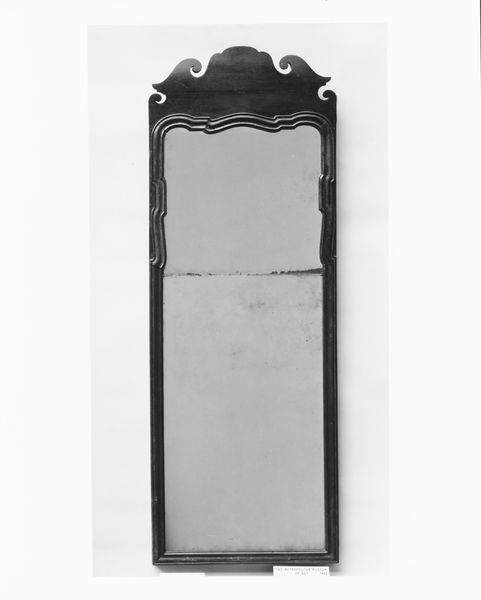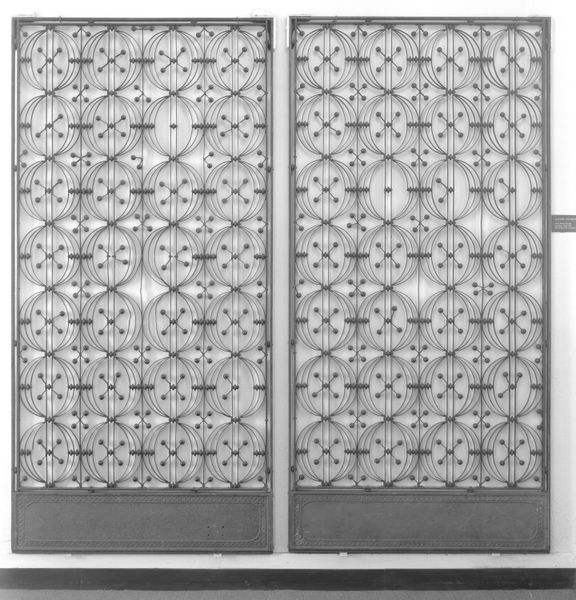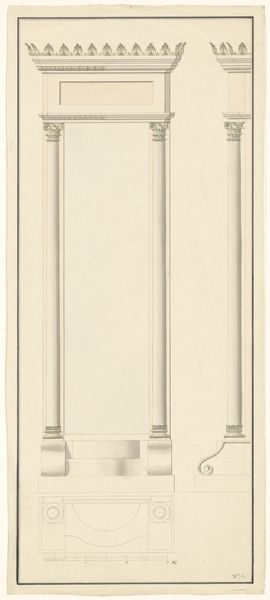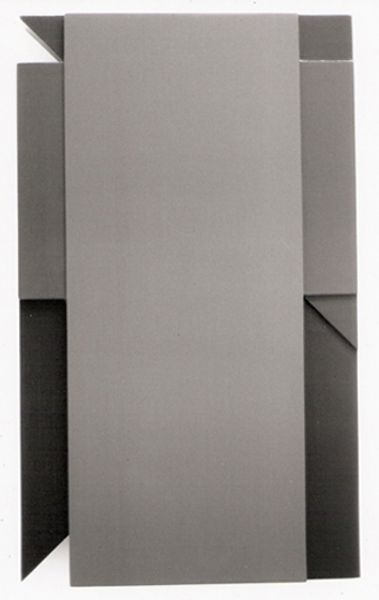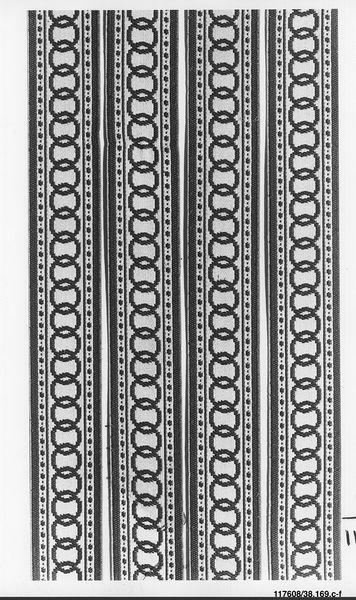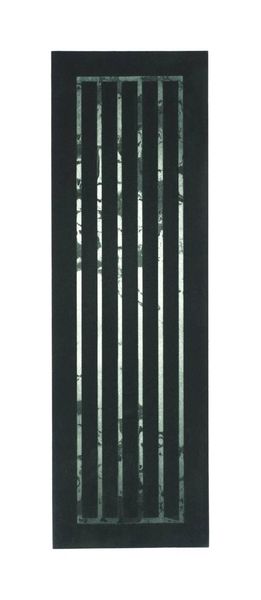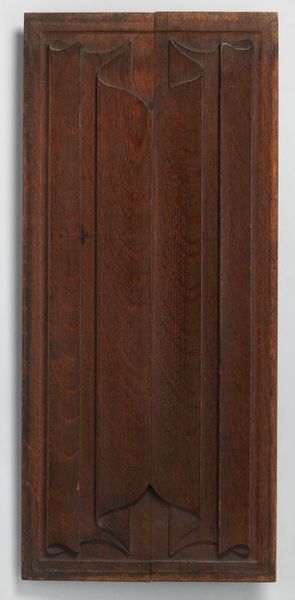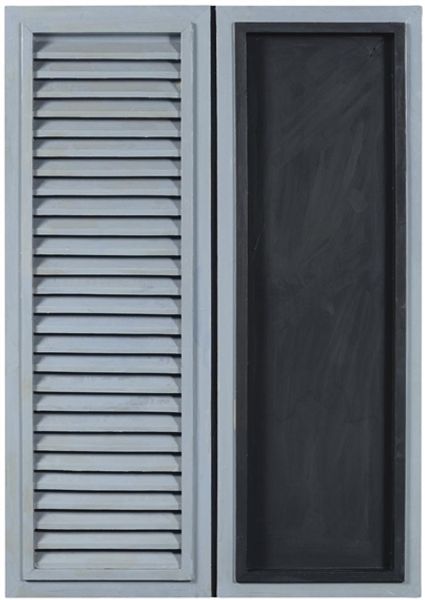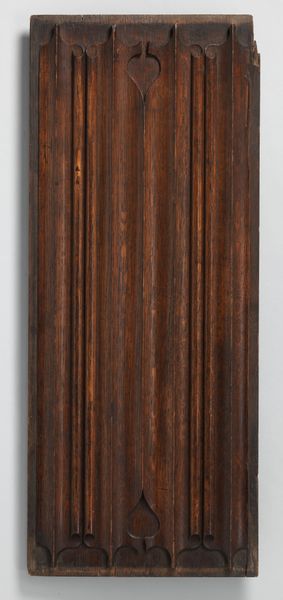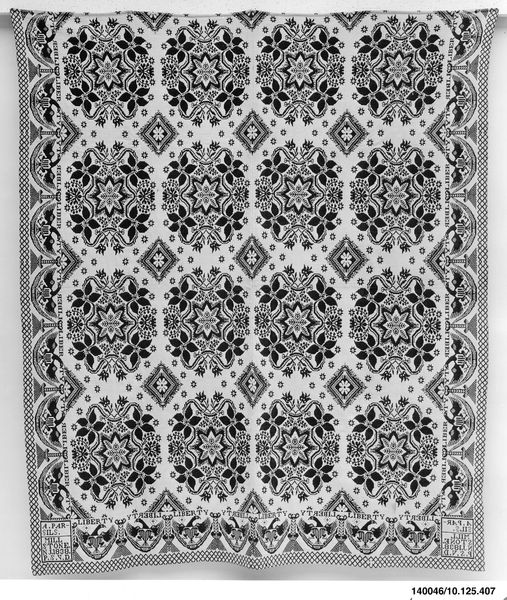
Dimensions: Overall: 80 × 44 3/4 × 16 in. (203.2 × 113.7 × 40.6 cm)
Copyright: Public Domain
Curator: The first thing that strikes me is how delicate and airy this piece appears despite being, ostensibly, just a wooden cabinet. Editor: That’s an astute observation. What you're looking at is a bookcase crafted between 1780 and 1790, currently housed at the Metropolitan Museum of Art. The craftsmanship is attributed to Martin Carlin, a notable name in late 18th-century French furniture. Curator: Those delicate, curtain-like inlays give it that lightness, right? It's fascinating how the vertical lines both conceal and hint at the contents within. Plus, the almost ornamental quality of the hardware – they feel less functional, more like jewelry adorning a dress. Editor: Exactly. Think of the aristocratic salons of pre-Revolutionary France, the emphasis on elegance, refinement and display. Furniture became a marker of social standing. Carlin was masterful at adapting to this cultural moment; he specialized in these smaller, more adaptable pieces. It speaks to a shift away from the monumental styles of previous eras. Curator: I see that tension between opulence and constraint reflected in the textures as well. The smoothness of the wood contrasts with the more elaborate relief carving around the panels, doesn’t it? It really creates a playful tactile experience, as if the surface is constantly engaging with light. Editor: The contrasting textures definitely invite the eye to wander. The political climate should not be forgotten, though. The growing disparity in wealth lead to resentment, as those ornate furnishings became associated with the decadence of the aristocracy, later to be replaced by a stark simplicity favored by revolutionary sentiment. Curator: It is impossible not to think about the history of taste. After looking at it more closely, what struck me is the overall balance it achieves: formal, yet delicate, reserved but ornate. I was so wrong in my first naive impression! Editor: Absolutely, that contrast makes it so fascinating, encapsulating the end of an era while simultaneously foreshadowing the styles that were to come. A tangible embodiment of cultural flux.
Comments
No comments
Be the first to comment and join the conversation on the ultimate creative platform.
